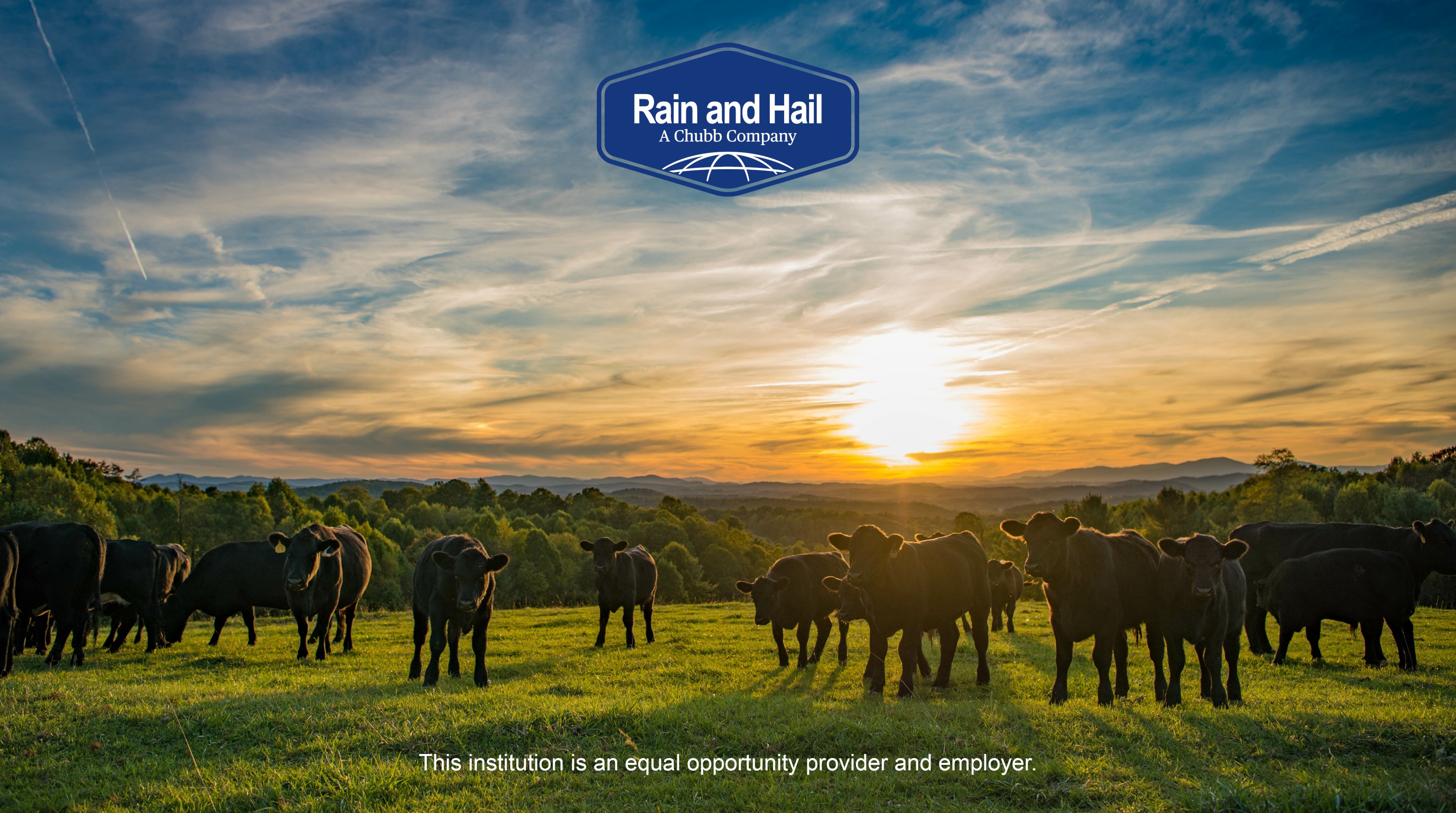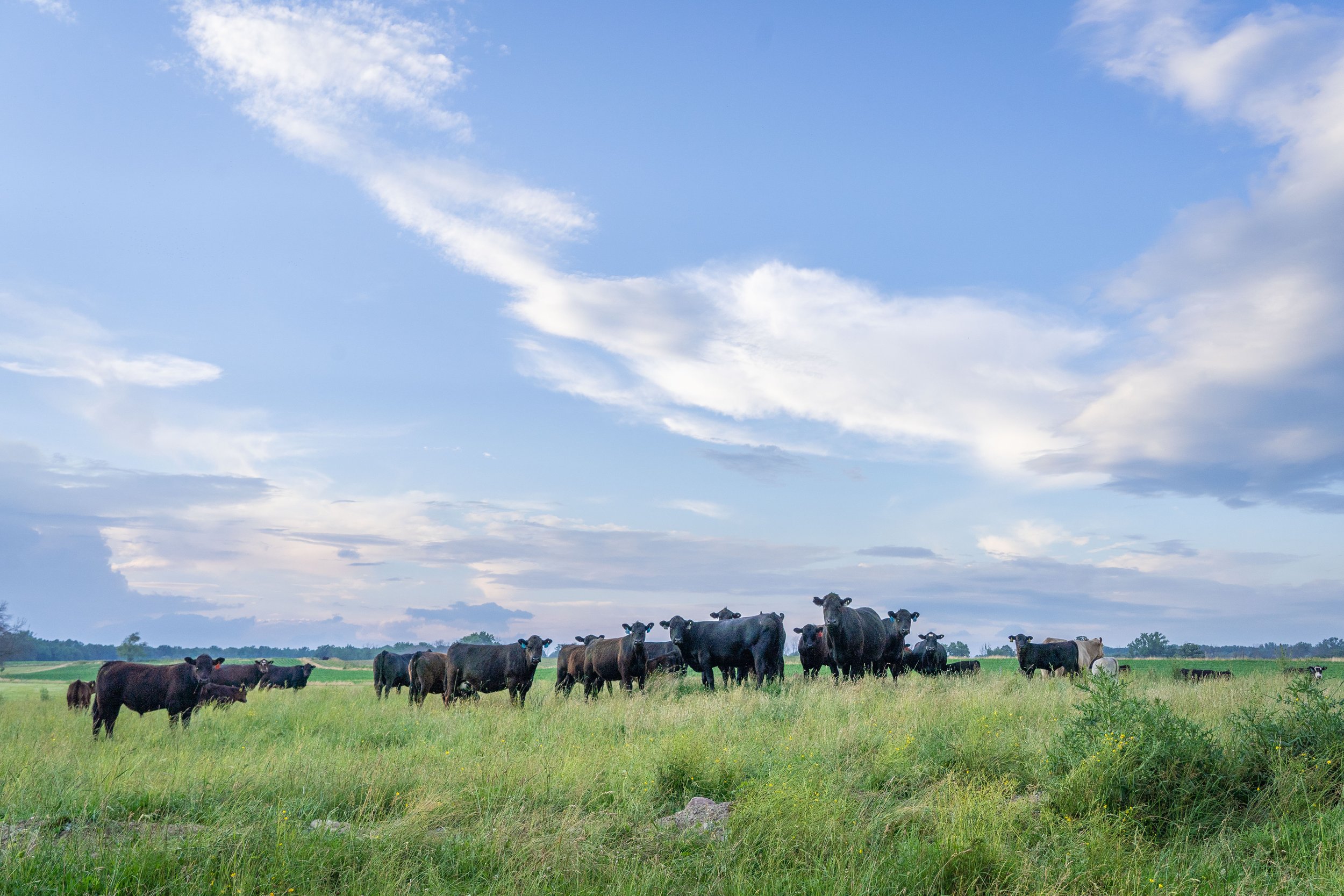Strategic Collaborations for Strength: Bagley Risk Management
Strategic Collaborations for Strength: Bagley Risk Management
Blog Article
Key Elements to Think About When Picking Livestock Risk Protection (LRP) Insurance
When examining choices for Livestock Risk Security (LRP) insurance coverage, a number of crucial factors require cautious factor to consider to make sure reliable risk administration in the agricultural market. Selecting the ideal coverage options tailored to your particular livestock operation is paramount, as is comprehending exactly how superior prices correlate with the level of security used. Furthermore, the eligibility requirements for various kinds of animals and the flexibility of the policy to adjust to transforming situations are critical components to weigh. Furthermore, the effectiveness and transparency of the claims process can significantly influence the general experience and monetary results for livestock producers. By purposefully navigating these essential aspects, manufacturers can protect their financial investments and reduce possible risks successfully.
Coverage Options
When thinking about Animals Threat Defense (LRP) insurance, it is vital to recognize the numerous coverage options available to reduce dangers in the farming market. Animals Threat Defense (LRP) insurance policy offers different protection choices tailored to satisfy the varied requirements of livestock manufacturers. Bagley Risk Management. Among the key coverage options is price coverage, which protects against a decline in market prices. Producers can select the protection degree that lines up with their price danger monitoring objectives, permitting them to safeguard their operations against potential monetary losses.
An additional crucial protection choice is the endorsement duration, which determines the size of time the insurance coverage holds. Producers can select the endorsement period that ideal suits their production cycle and market problems. Furthermore, insurance coverage levels and prices vary based upon the kind of animals being insured, offering producers the adaptability to personalize their insurance prepares according to their specific demands.
Understanding the various coverage choices available under Livestock Threat Security (LRP) insurance policy is vital for producers to make educated choices that successfully protect their livestock procedures from market uncertainties.
Costs Expenses

Animals Threat Defense (LRP) insurance policy supplies necessary coverage options tailored to reduce dangers in the farming field, with a substantial aspect to think about being the computation and structure of premium costs. When figuring out premium expenses for LRP insurance coverage, a number of aspects enter play. These include the type and number of animals being guaranteed, the protection level chosen, the current market prices, historic cost data, and the length of the coverage duration. Insurance providers may also take into consideration the area of the ranch, as geographical variables can influence the total risk account.
Insurers examine historic information on animals rates and production costs to establish a suitable costs that mirrors the level of risk involved. It is essential for livestock producers to thoroughly examine premium expenses and insurance coverage options to ensure they are sufficiently secured versus possible economic losses due to damaging market problems or unpredicted occasions.
Qualified Animals
The resolution of eligible livestock for Animals Threat Defense (LRP) insurance policy protection includes careful factor to consider of details standards and attributes. Animals kinds that are typically qualified for LRP insurance policy consist of feeder livestock, fed cattle, lambs, and swine.
Feeder livestock, as an example, are commonly eligible for LRP insurance coverage if they drop within defined weight arrays. Fed livestock might likewise be qualified, but they need to fulfill particular weight and top quality grade demands. Swine eligible for protection usually include market weight pets planned for slaughter. Lambs are one more classification of livestock that can be thought about for LRP insurance coverage, with variables such as weight and age playing a critical function in establishing their eligibility.
Before choosing LRP insurance policy for animals, producers ought to very carefully assess the qualification criteria described by the insurance policy company to guarantee their pets fulfill the necessary requirements for insurance coverage.
Plan Versatility
Plan flexibility in Livestock see here Danger Defense (LRP) insurance policy allows manufacturers to tailor protection to match their details demands and additional reading take the chance of management strategies. This flexibility empowers animals manufacturers to tailor their insurance plan based upon aspects such as the kind of livestock they own, market conditions, and private danger tolerance levels. One key facet of plan adaptability in LRP insurance policy is the capability to select coverage degrees that straighten with the manufacturer's monetary goals and risk exposure. Producers can select coverage degrees that shield them versus potential losses due to variations in animals rates, guaranteeing they are effectively insured without overpaying for unnecessary coverage. In addition, LRP insurance uses adaptability in plan period, enabling manufacturers to pick insurance coverage periods that best fit their production cycles and marketing timelines. By offering customizable alternatives, LRP insurance coverage allows manufacturers to efficiently handle their risk exposure while safeguarding their animals procedures against unexpected market volatility.
Insurance Claims Refine
Upon experiencing a loss or damages, producers can start the cases process for their Livestock Danger Defense (LRP) insurance by quickly calling their insurance policy company. It is critical for manufacturers to report the loss asap to speed up the insurance claims procedure. When connecting to the insurance policy service provider, manufacturers will certainly need to offer thorough information concerning the event, consisting of the day, nature of the loss, and any relevant documentation such as veterinary records or market costs.

After the evaluation is full, linked here the insurance policy supplier will certainly decide concerning the claim and communicate the result to the manufacturer. If the case is authorized, the manufacturer will get settlement according to the terms of their Livestock Danger Defense (LRP) insurance coverage. Bagley Risk Management. It is important for producers to be accustomed to the claims process to make sure a smooth experience in case of a loss

Conclusion
Finally, when picking Animals Danger Security (LRP) insurance policy, it is important to take into consideration protection choices, premium costs, qualified animals, policy flexibility, and the cases process. These essential factors will certainly aid guarantee that farmers and ranchers are adequately shielded versus potential threats and losses connected with their livestock procedures. Making a notified decision based upon these considerations can eventually bring about much better economic safety and security and comfort for animals manufacturers.
Livestock Danger Protection (LRP) insurance coverage uses various protection choices tailored to satisfy the varied requirements of animals producers.The determination of qualified livestock for Livestock Threat Security (LRP) insurance protection involves cautious consideration of particular standards and qualities.Plan flexibility in Animals Risk Security (LRP) insurance policy enables manufacturers to customize protection to match their specific requirements and take the chance of management techniques.Upon experiencing a loss or damage, manufacturers can start the cases procedure for their Livestock Danger Defense (LRP) insurance by quickly calling their insurance policy company.In verdict, when selecting Livestock Threat Defense (LRP) insurance, it is vital to take into consideration insurance coverage options, premium prices, qualified livestock, policy flexibility, and the cases procedure.
Report this page